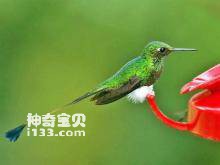
Agyrtria candida
Agyrtria candida,White-bellied Emerald
The White-bellied green hummingbird's scientific name is Agyrtria candid···
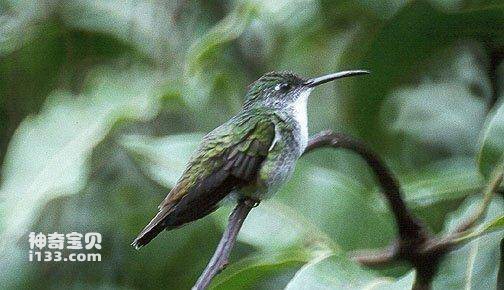
Agyrtria brevirostris
Agyrtria brevirostris,White-chested Emerald
The white-breasted hummingbird's scientific name is Agyrtria brevirostri···
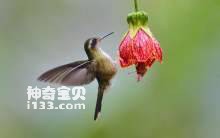
Polyerata boucardi
Polyerata boucardi,Mangrove Hummingbird
Mangrove Hummingbird Polyerata boucardi, foreign name Mangrove Hummingbird, ···
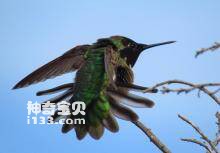
Saucerottia beryllina
Saucerottia beryllina,Berylline Hummingbird
The green Hummingbird's scientific name is Saucerottia beryllina, and it···
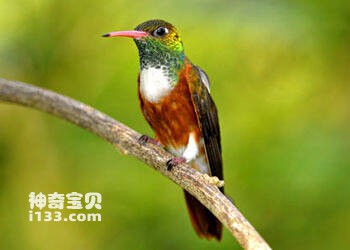
Amazilia amazilia
Amazilia amazilia
The bird's scientific name is Amazilia amazilia, and its specific habits···
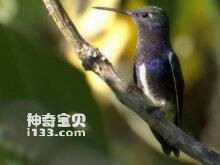
Polyerata amabilis
Polyerata amabilis,Blue-chested Hummingbird
The specific habits of the blue-breasted Hummingbird (Latin: Polyerata amabi···
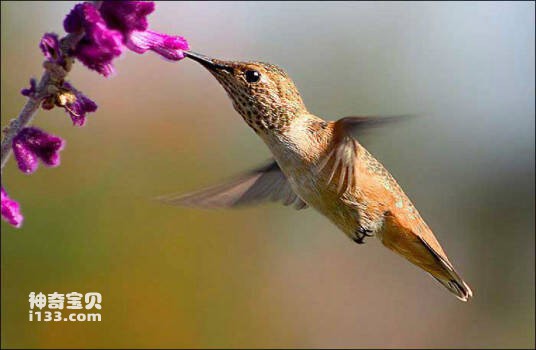
Amazilia alticola
Amazilia alticola,Loja Hummingbird
The Loja Hummingbird, whose scientific name is Amazilia alticola, is also kn···

Amazilia alticola
Amazilia alticola,Loja Hummingbird
The Loja Hummingbird, whose scientific name is Amazilia alticola, is also kn···
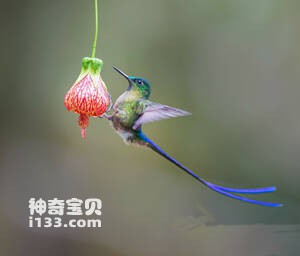
Aglaiocercus kingi
Aglaiocercus kingi,Long-tailed Sylph
The Long-tailed hummingbird's scientific name is Aglaiocercus kingi, and···
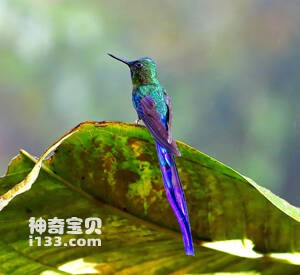
Aglaiocercus coelestis
Aglaiocercus coelestis,Violet-tailed Sylph
The purple long-tailed hummingbird is known as Aglaiocercus coelestis or Vio···
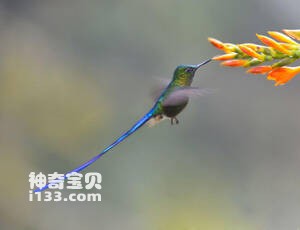
Aglaiocercus berlepschi
Aglaiocercus berlepschi,Venezuelan Sylph
The South American long-tailed hummingbird is called Aglaiocercus berlepschi···
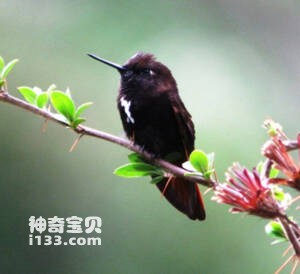
Aglaeactis pamela
Aglaeactis pamela,Black-hooded Sunbeam
The black-headed hummingbird is known as Aglaeactis pamela and Black-hooded ···
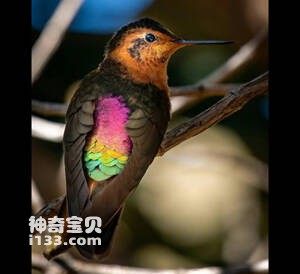
Aglaeactis cupripennis
Aglaeactis cupripennis,Shining Sunbeam
The hummingbird's scientific name is Aglaeactis cupripennis, and its for···
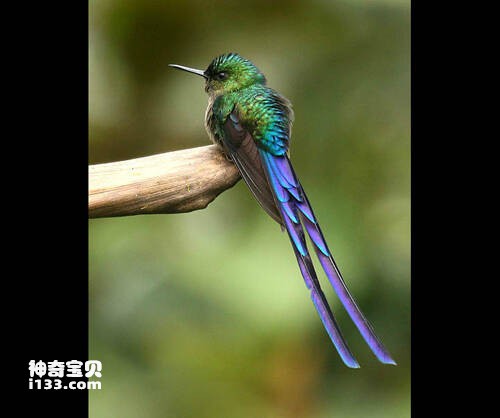
Aglaeactis castelnaudii
Aglaeactis castelnaudii
辉胸闪羽蜂鸟学名Aglaeactis castelnaudii,具体习性不详。保护野生动物,杜绝野味···
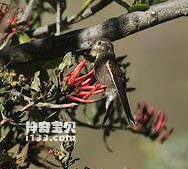
Aglaeactis aliciae
Aglaeactis aliciae,Purple-backed Sunbeam
The hummingbird is known as Aglaeactis aliciae and Purple-backed Sunbeam.Pro···
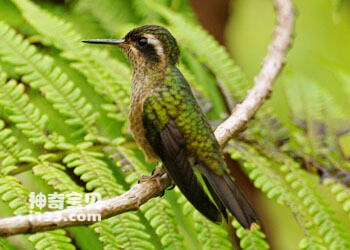
Adelomyia melanogenys
Adelomyia melanogenys,Speckled Hummingbird
The species is known as Adelomyia melanogenys and Speckled Hummingbird.Prote···
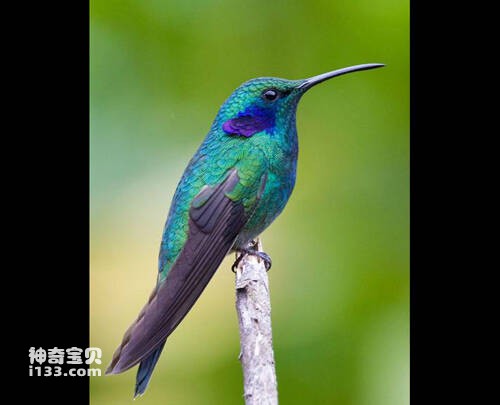
Abeillia abeillei
Abeillia abeillei,emerald-chinned hummingbird
The emerald chinned hummingbird (Abeillia abeillei) is known as emerald-Chin···
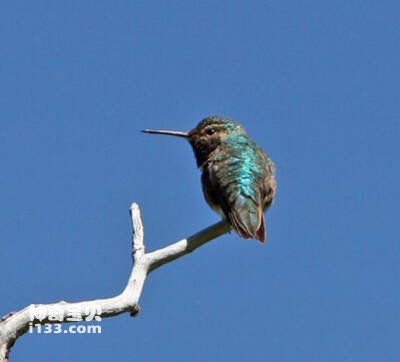
Threnetes ruckeri
Threnetes ruckeri,Band-tailed Barbthroat
The species is known as Threnetes ruckeri or Band-tailed Barbthroat.Protect ···
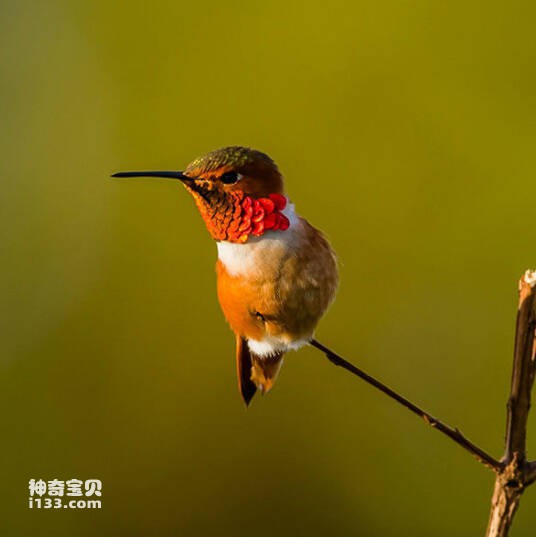
Threnetes niger
Threnetes niger,Sooty Barbthroat
The bearded hummingbird (Threnetes niger) is Sooty Barbthroat, but its behav···
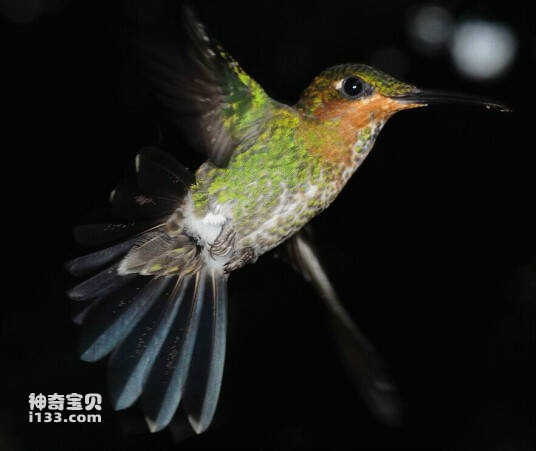
Threnetes niger
Threnetes niger,Pale-tailed Barbthroat
The species is known as Threnetes niger or Pale-tailed Barbthroat.Protect wi···

Ramphodon naevius
Ramphodon naevius
The sawbill hummingbird, Ramphodon naevius, is a taxonomically classified sp···
